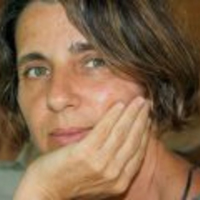
Laura Apolonio
Related Authors
Armando Marques-Guedes
UNL - New University of Lisbon
Eduardo Viveiros de Castro
Universidade Federal do Rio de Janeiro (UFRJ)
Raimon Arola
University of Barcelona
Rodrigo Vivas
UFMG - The Federal University of Minas Gerais
Adolfo Vasquez Rocca
Universidad Complutense de Madrid
Diego Villar
National Scientific and Technical Research Council
Tomás Mantecón
Universidad de Cantabria
Ricardo Guixà
Universitat de Barcelona
Antonio Horno López
Universidad de Jaén
Rodrigo Toniol
Universidade Federal do Rio de Janeiro (UFRJ)
Interests


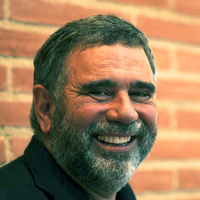
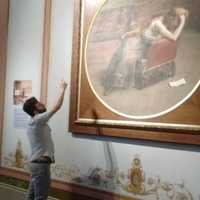
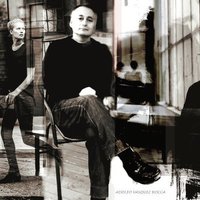
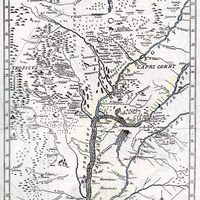
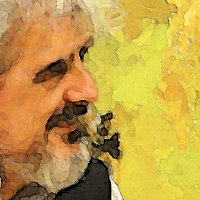
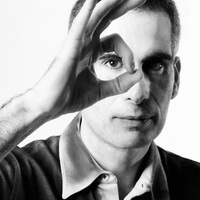

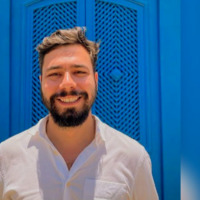
Uploads
Papers by Laura Apolonio
latest book Des visages, une anthropologie (2022) to deepen into the ambivalence of the face, which represents the enigma of our relationship to otherness, its sacred side, the respect and veneration of others and, at the opposite end of the spectrum, its desecration, the rejection of the other, stigmatisation and racism.
In this encounter with the face of the other, the essence of my humanity is at
stake. It is here that the dialogue with the Other begins, my responsibility towards others, and where social meanings are constructed. The face is the place of both extreme individualisation and socialisation. It is identity and alterity. With David Le Breton we will analyse the history of the face in Western societies, the privileges and stigmas associated with it and the dangers of facial recognition procedures.
Keywords: face, appearance, otherness, identity, mask.
KEY
latest book Des visages, une anthropologie (2022) to deepen into the ambivalence of the face, which represents the enigma of our relationship to otherness, its sacred side, the respect and veneration of others and, at the opposite end of the spectrum, its desecration, the rejection of the other, stigmatisation and racism.
In this encounter with the face of the other, the essence of my humanity is at
stake. It is here that the dialogue with the Other begins, my responsibility towards others, and where social meanings are constructed. The face is the place of both extreme individualisation and socialisation. It is identity and alterity. With David Le Breton we will analyse the history of the face in Western societies, the privileges and stigmas associated with it and the dangers of facial recognition procedures.
Keywords: face, appearance, otherness, identity, mask.
KEY
ABSTRACT
Starting from Bruno Latour's question "Where to land? (2019) we show in this article the importance of touching the earth and in particular touching it with our feet, returning to the base, to the primordial contact. In these times of economic, health, climate and ecological crisis, everything seems to be heading towards the global collapse of the system. There is an urgent need to come down to earth, to get out of abstraction, to abandon the idea of infinite growth and to get down to earth, touching concrete limits in order to redefine a common world. Leaving the metaphor, our aim is to really land on earth: take a step, walk together, embrace the path as a real and symbolic connection. By walking we feel again the fusion of our body with our environment, we rediscover our centre of gravity, we reconstitute the lost unity with nature. In this article we will show how walking is a creative methodology capable of awakening in us a new ecological and social awareness. Using examples such as Francesco Careri's itinerant classes, Hamish Fulton's collective walks, Lucius Burckhardt's Strollology and the educational associations that use walking as a rescue programme for marginalised teenagers, we will end by showing the work carried out by the artistic collective En los Bordes with the Art and Nature route created on the edge of the Sierra Nevada Natural Park in La Zubia (Granada).
el bosque y los caminantes, en un contexto de
pandemia que aúna la creación de ambos. Así,
la documentación y archivo de estas experiencias,
a veces ensimismadas y otras volcadas en cuestiones
de pertinencia, de conocimientos científicos, tratos sociales, afloramientos de experiencias múltiples, en donde subyace la poética del bosque, a la vez que queda cotejada entre experiencias de inmersión. Vamos a realizar un paseo “como práctica estética” según la expresión de Careri (2017) que retoma también Maderuelo (2008, p.169) con una deriva de estos procesos de creación, dilatados en el tiempo y confluyendo como producto de paseos. Se deambula por un bosque cercano al hábitat de los que narran, por lo que nos referimos a un hábito de vida que se acentúa con la cuarentena del Covid. Los caminantes vamos solos o acompañados de personas con las que convivimos y entre nosotros se va creando familiaridad, pero todos balbuceamos o dialogamos y sentimos, quizás de forma desigual, la influencia de un ser que a modo de personaje nos envuelve con su presencia: es el bosque vivo.